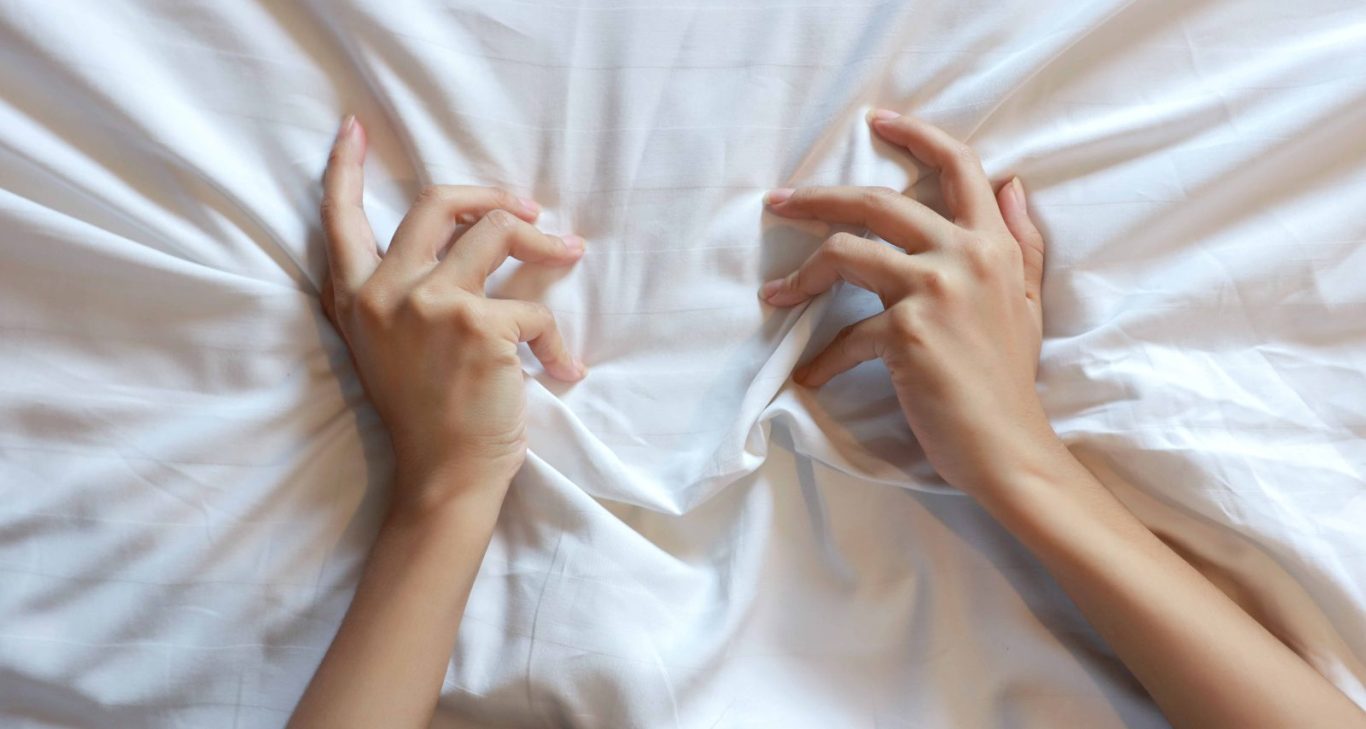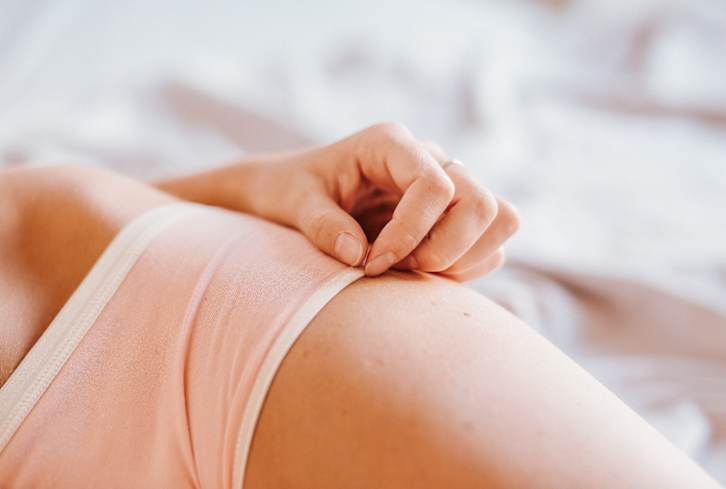What Does ‘Squirting’ Mean?

Squirting is one of the most talked-about — yet misunderstood — sexual responses. It refers to the release of fluid from the urethra during intense arousal or orgasm. Some call it 'female ejaculation,' while others see it as something entirely different.
Many partners are curious — can all girls squirt, or is it just a rare skill? While it may seem mysterious or even mythical, the answer involves anatomy, arousal, and technique.
For those interested in exploring products that can enhance G-spot stimulation, consider our G-spot vibrators designed to target this sensitive area effectively.
The Science Behind Female Squirting

Squirting happens when the Skene’s glands (often considered the female prostate) release fluid during intense stimulation, often linked to the G-spot.
Here’s what we know scientifically:
-
The released fluid is usually clear or slightly milky.
-
Some studies show it’s not urine, though traces may be present.
-
It is expelled from the urethra, not the vagina.
When stimulated the right way, the tissue surrounding the urethra swells. If arousal continues, the Skene’s glands can flood the urethra with fluid, creating the squirting effect.
Can All Girls Squirt?
So, can all girls squirt?
Technically, most women have the anatomical structures needed to squirt — Skene’s glands, G-spot area, and urethra. But that doesn’t mean all will squirt in the same way, or even at all.
Several things influence whether a woman squirts:
-
Sensitivity to stimulation
-
Comfort and relaxation
-
Emotional connection or safety
-
Proper technique and stimulation pattern
For some, squirting happens easily and often. For others, it may never happen — and that’s perfectly normal.
According to a study published in The Journal of Sexual Medicine, about 10–50% of women have experienced squirting. That wide range shows it's not guaranteed, but not rare either.
The takeaway? Every woman is different. Squirting is not a measure of pleasure or performance. It's just one of many ways the body may respond to intense arousal.
To create a comfortable and relaxed environment conducive to exploration, our lubricants can help reduce friction and enhance pleasure during intimate moments.
Factors That Influence Squirting

Squirting isn’t just physical — it’s mental, emotional, and situational. Here’s what plays a role:
-
Relaxation: Stress blocks arousal. Squirting often requires full body trust and release.
-
Hydration: Many report that being well-hydrated leads to more noticeable results.
-
Clitoral + G-spot stimulation: Combining external and internal touch helps increase intensity.
-
Orgasm timing: Some squirt before climax, others during or after.
The more she feels in control, safe, and turned on — the more likely she’ll unlock new sensations.
Incorporating clitoral stimulators alongside G-spot stimulation can intensify sensations and potentially facilitate squirting.
G-Spot Stimulation and Its Role
The G-spot, found about two inches inside the vagina on the front wall, is key in triggering squirting for many women.
Here's how it helps:
-
Stimulating the G-spot swells the urethral sponge (which houses Skene’s glands).
-
Pressure here often creates the urge to pee — a sign fluid is building up.
-
With rhythm and depth, the glands can release their fluid through the urethra.
To find it, insert a well-lubed finger (or two) and curl upward in a 'come here' motion. It may feel rougher than surrounding tissue. Add clitoral stimulation for best results.
If she feels like she needs to pee — don’t stop. That’s often the moment right before release.
Discover our orgasm gels designed to heighten sensitivity in the G-spot area, amplifying each touch for a more intense experience.
How to Help Her Squirt (Step-by-Step Guide)
:max_bytes(150000):strip_icc()/GettyImages-184953591-020715fc28584dccb4228bee526155fa.jpg)
Ready to explore? Here’s a step-by-step method to increase her chances of squirting:
-
Start with foreplay
Get her fully aroused — kissing, touching, and teasing matter. -
Use lubrication
Make sure she’s wet, or add a water-based lube. -
Insert fingers
Use two fingers and curl them toward the G-spot. -
Apply pressure + rhythm
Press and release repeatedly, like tapping or pulsing. -
Watch for signs
Moaning, squirming, or a strong urge to pee? Keep going. -
Add clitoral touch
Use your tongue or fingers to stimulate the clit at the same time. -
Encourage release
Let her know it’s okay to let go — no shame, no pressure. -
Back off and repeat
Like edging, pausing and restarting can build pressure and intensity.
Not everyone squirts right away. Be patient, be playful, and remember — pleasure is the goal, not the fluid.
Using a high-quality delay spray can help prolong your partner’s arousal phase, allowing more time to explore the build-up toward squirting.
Female Ejaculation vs Squirting: Are They the Same?
They’re often used interchangeably, but they’re slightly different.
-
Female ejaculation: Small amount of white fluid from the Skene’s glands.
-
Squirting: Larger volume of mostly clear fluid from the urethra.
Some women do one, both, or neither. They can happen together or separately.
So when asking can all girls squirt, it’s also helpful to ask what she’s actually experiencing.
Final Takeaways
Squirting can be exciting, but it’s not the goal — pleasure is.
Can all girls squirt? Maybe not, but with the right touch and a relaxed mind, many can discover a new layer of pleasure.
Stay curious, patient, and playful — and always prioritize her comfort and consent.
 Buy Now
Buy Now


